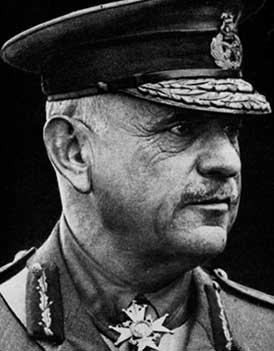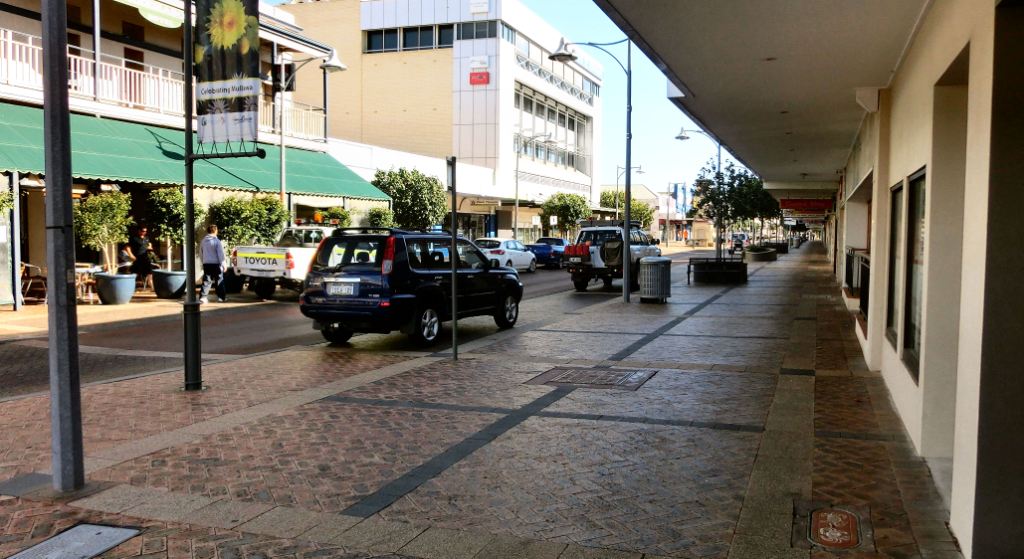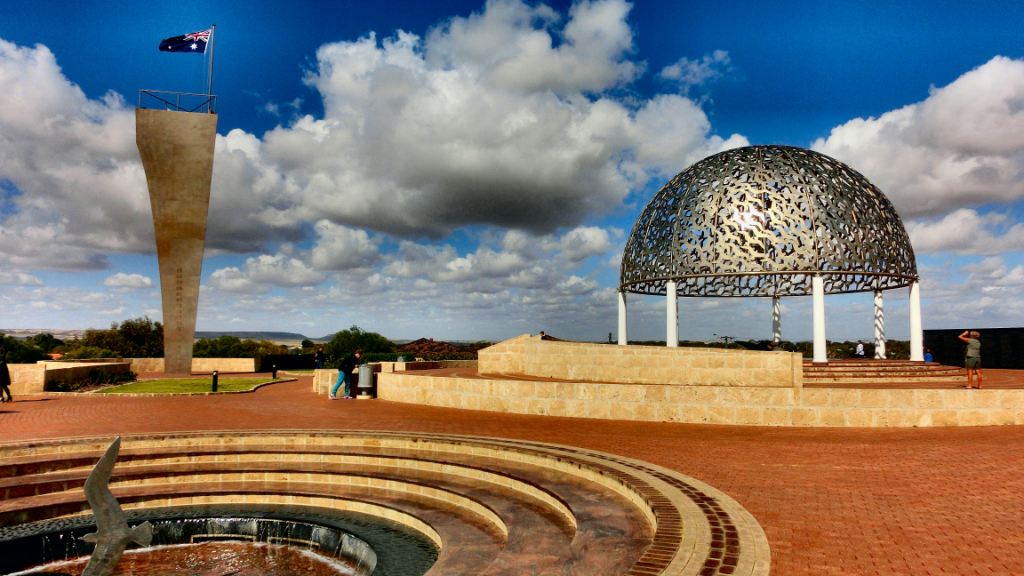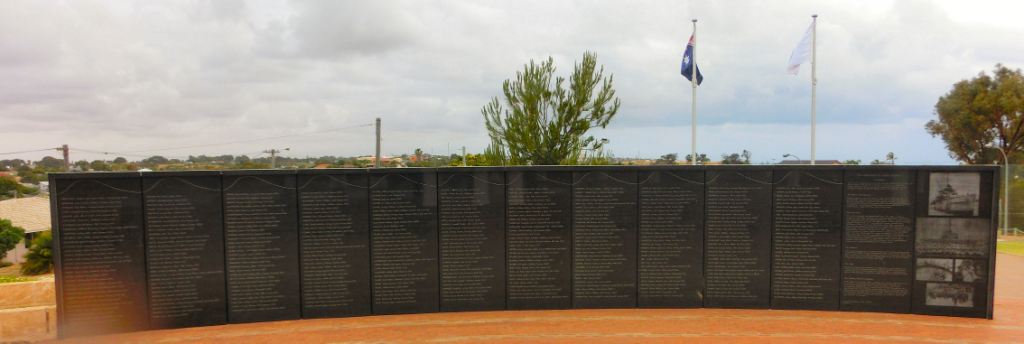|
|
|
Radschool Association Magazine - Vol 45 Page 14 |
|
Privacy Policy | Editorial Policy | Profit Policy | Join the Association | List of Members | Contact us | Index | Links |
|
|
Western Front heroics lost in Gallipoli myth.
Jonathan King Australians are so obsessed with the Gallipoli debacle that the achievements on the Western Front are pushed into the background.
“Anzac achievements on the Western Front were never recognised by Australians back home, even though they were greatly appreciated by those closer to the war - the British, French and even the Germans”. Charles Bean, War Correspondent, 1919
In November, Remembrance Day 2014, the Western world will be embroiled in some of history's largest commemorations - the 100th anniversary of World War I, aka the Great War, the War to End all Wars.
The Western world that is,
apart from Australia. The commemorations start on August 4 - the
centenary of the outbreak of World War I in Belgium - but Australians
still do not get it. We as a nation are so transfixed by Gallipoli that
it is difficult for us to look past that well-intended but ineffectual
sideshow to the main event - the battles on the Western Front where the
war was actually won. And that is despite the fact that Australians
played such an enormous part in winning that war in Belgium and France
(where the trench lines were known as Germany's western front).
We might have been defeated at Gallipoli and lost the lives of 8,709 young Australians - the cream of our crop - but we cling to this debacle like a drowning man to a straw. Travel companies are promoting centennial ''celebrations'' on that bloody beach that threaten to become a sort of grand final, with tickets at a premium and standing room only. This commercial Gallipoli juggernaut roaring down a road paved with misconceptions may be hard to stop. The first casualty in war, is after all, truth.
But having just published accounts by the last 10 Gallipoli Anzacs who I interviewed for my latest book -Tall Ships and Tall Tales- and also for a TV documentary funded by the Department of Veterans' Affairs,I cannot hold my tongue.
These last eye-witnesses all pleaded for us ''not to glorify Gallipoli'' because it was such a disaster and there was little to celebrate. I thought they were brave, but none were upbeat about their ''heroic'' achievements. Sydney's Corporal Ted Matthews, the world's last survivor of the landing, told me on camera, "Gallipoli was a failure because the British mucked the whole thing up." His comrade Trooper Len Hall said, "Oh yes, it was a terrible mistake altogether." Melbourne tunneller Roy Longmore said, "They landed us on the wrong beach." Sydney's Private Frank Kelly said, "It was ridiculous. The ridges we had to climb went on and on and got higher and higher. Anybody who tried to capture Gallipoli would have to have been mad!" They may have been disgruntled but they spoke the truth - hundreds also died of diseases in the dirty, overcrowded beachhead because leaders failed to provide sanitation or enough clean water or edible food; incompetent English high command appointed via the ''old boy network'' sent thousands of Australians ''over the top'' to certain death; the Anzacs only captured a small area and all had to retreat.
These old warriors said the Gallipoli failure should have been a warning, stopping Australia rushing off to wars on far-flung shores that had little to do with us. Sobering, yet unheeded.
But the Turks agree with these last Anzacs. Having returned from Istanbul, where one of my books is being translated into Turkish and I am producing centennial books and films with Turkish historians in both languages to balance the story, I was staggered to discover how much we have inflated the ''heroic'' landing. Using detailed maps and army records these historians showed me how few Turks opposed the landing, and with rifles, not machine guns. Where the legendary ''hail of bullets'' came from is anybody's guess. Perhaps the imagination of our trusty war correspondent Charles Bean, filing censored copy for The Age and other newspapers.
"But if you want to tell 'em about battles we did win," Melbourne's Jack Buntine declared, "tell 'em about the Western Front." As Perth's Frank Isaacs boasted, "Every army we fought - we beat the bastards!'' A pugnacious lot yes, but remember ours was the only all-volunteer army - they wanted to fight.
This Western Front was in
fact at least five times greater for our Anzacs than Gallipoli
Melbourne's Major-General John Monash, the great corps commander on the Western Front, certainly agreed with his former soldiers, saying in 1918, "The story of the glorious and decisive victories of the AIF on the Western Front will re-echo throughout the world and live forever in the history of our homeland." But it did not and the echo of these victories is now so faint, our federal government needs to turn up the volume so we can all tune in to next year's centennial commemorations on the Western Front - knowing that was more important to our Anzacs than Gallipoli.
My Remembrance Day appeal to the nation on behalf of those last Anzacs is to rethink our World War I focus. Let's use the centenary to redefine Anzac Day for what it was and upgrade our recognition of Remembrance Day - that victorious end to the battles fought by our Anzacs on the real killing fields of the Western Front from 1916-18, which should at least rank as equal favourite alongside Anzac Day.
|
|
Inside every older person is a younger person wondering what the hell happened.
|
|
Insecticide problems. John Mordike.
For all of us who were subject to being sprayed within our barracks or took part in the aerial missions I believe that you will be most interested.
Over the last two years I have undertaken a study on the use of
insecticides at the 1 ATF base at Nui Dat, the home of the Australian
and the New Zealand fighting force in Vietnam.
Taking a broad perspective, my study has revealed the roles played by the Army, the Department of Veterans’ Affairs and the Department of Primary Industry in the examination and reporting of the use of insecticides by the Australian Army in Vietnam. This article narrows the focus. It presents a synopsis of the findings of my study in relation to the use of insecticides at Nui Dat.
The article is based on primary source documents from Army’s Vietnam records. The records are held by the Research Centre, Australian War Memorial, Canberra, and are available to the public for research under the terms of the Archives Act (1983).
After the passage of forty years and a Royal Commission in 1983-5, it is time the truth was revealed.
Click HERE for more information or if you wish to add to John's data base you can contact John at: mordike@bigpond.com
|
|
HMAS Sydney II.
Late last year we were in Geraldton and as everyone who has been there knows, your trip is not complete until/unless you spend a while at the HMAS Sydney II memorial on the hill overlooking the town.
Geraldton is about 425km north of Perth, which for West Australians, is “just up the road”. There are 3 ways you can drive there from Perth, the best, and probably the slowest, is the leisurely drive along the coast. There are two other roads inland, one of which takes you past Pearce, but if you’ve got the time, the Indian Ocean Drive along the coast is the one to take.
About 3 hours up the road from Perth, you come across the Pinnacles. There are thousands and thousands of these limestone formations, some 10 foot high, all of which were formed from seashells a long time ago. Each year, over 250,000 visitors pass through this amazing area which unbelievably remained virtually unknown until the1960’s.
|
|
|
|
The Pinnacles.
|
|
Another two hours up the road is Geraldton, a busy town of about 36,000 people. Geraldton is a major west coast seaport and is an important service and logistics centre for regional mining, fishing, wheat, sheep and tourism industries. Geraldton also has beautiful clean beaches and crystal clear blue water and offers some of the most spectacular kitesurfing, windsurfing, fishing and diving conditions around.
|
|
|
|
Main St, Geraldton.
|
|
The Memorial to HMAS Sydney has been constructed on a hill (Mt Scott) which overlooks the town, the busy port and the Indian Ocean. It was built to honour the men of the HMAS Sydney II, to bring a measure of closure to their families and to comfort them in the knowledge that they are not alone in their grief, and that the whole nation grieves with them.
|
|
|
|
|
|
On November 19, 1941, the cruiser HMAS Sydney II (eight 6 inch guns and eight 21 inch torpedo tubes) and commanded by Captain Joseph Burnett, RAN, was approximately 150 miles south-west of Carnarvon, W.A., and was steaming on a southerly course to Fremantle, W.A.
About 5.30 p.m (WA time). she sighted a merchant vessel about 12 miles away. As the range closed Sydney tried to ascertain the stranger’s identity and after confused signalling the other ship identified herself as the Dutch ship Straat Malakka. She was actually the disguised German raider Kormoran (six 5.9 inch guns and six 21 inch torpedo tubes). When the HMAS Sydney II ordered her to make her secret call sign, the German Captain, Commander Theodor Detmers, realised he could not bluff his way clear and had no alternative but to fight.
At 6.30 p.m (WA time),Kormoran unmasked her guns and opened a devastating fire on the Australian cruiser, simultaneously hitting her with a torpedo. The Sydney was soon ablaze with her forward turrets wrecked. However, her after guns returned a short but effective fire, hitting the Kormoranin the engine room and causing a fire that eventually was to prove fatal to the raider. Down by the bow, Sydney turned as if to ram the German ship or to bring her starboard torpedo tubes to bear. She passed close astern of Kormoranand narrowly missed her with a salvo of torpedoes. All the time she was under fire from the raider’s guns.
She limped off into the evening well ablaze and her glare could be distinguished until 11 p.m (WA time). after which only occasional flickerings could be seen and these had vanished by midnight. Meanwhile, Kormoran’s crew had abandoned ship and the raider blew up at 1.30 a.m (WA time). Seventy-eight of Kormoran’s complement of 393 were lost. The survivors were picked up by other ships or reached the West Australian coast.
|
|
|
|
|
|
The wreckage of HMAS Sydney II was found on the 17th March, 2008. None of Sydney’s 645 men survived. |
|
|
|
|
|
|
|
The Geraldton Voluntary Tour Guides Association runs a daily tour at the memorial starting at 10.30am. It is a 30 minute walking tour. Meet your guide at the memorial carpark, Gummer avenue, Mt Scott. It is definitely a must see!
|
|
Wood burns faster when you have to cut and chop it yourself.
|
|
|
|
Back Go to page: 1 2 3 4 5 6 7 8 9 10 11 12 13 14 15 16 17 18 19 20 Forward |



